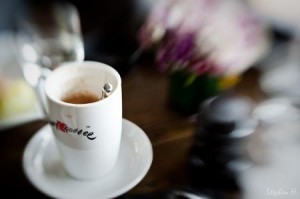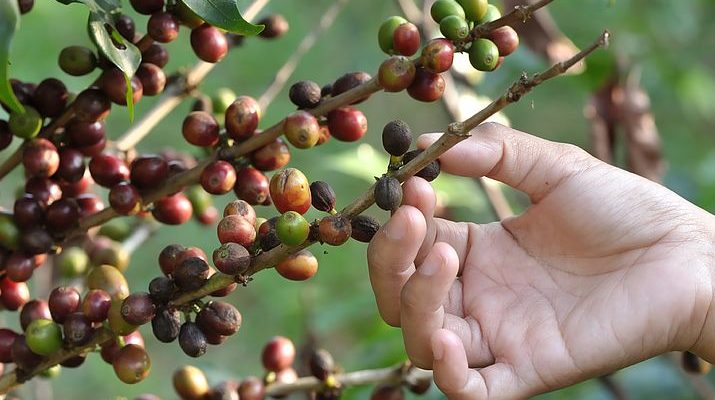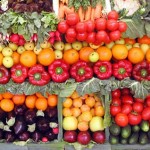 I’m a coffee drinker alas only in moderation. Now, I’m re-thinking that moderation as I learn more about the benefits of the coffee bean.
I’m a coffee drinker alas only in moderation. Now, I’m re-thinking that moderation as I learn more about the benefits of the coffee bean.
A cup of coffee is 2% caffeine and 98% other bioactive ingredients. To say the least, it is a complex beverage. People seem to forget that the coffee bean is an herb. Indeed, the coffee plant belongs to the Rubiaceae family, which is a source of several different Chinese herbs, including the gardenia fruit. Coffee beans medicinal effects have been well known for millenia but some of the first popular evidence was in 1908, when the Indian Materia Medica was first published.
At the proper dosages, the coffee bean has the ability to improve health in several ways. Drinking coffee can increase cardiovascular health and lower the risk of colon cancer, gallstones, cirrhosis, and Parkinson’s disease. A typical dosage for this type of herbal medicine is in the range of 6-18 grams per day, which translates to about 1-3 cups of coffee, depending on how many grams of ground beans are used. Roasting the coffee beans do not detract from the beneficial effects of this herb.
The primary active substances in the coffee bean are chlorogenic and caffeic acids. These substances have been shown to have anti-depressant and anti-anxiety effects. No wonder the local coffee shop has become our favorite pit stops. Coffee also contains antioxidant phenols that can reduce the risk of cancer. (Like so many Chinese herbs, many many benefits. Probably a lot we don’t even understand fully, yet.
This blog idea was inspired by a study on long-term coffee drinker with type 2 diabetes mellitus. To quote the study, “long-term coffee consumption is associated with a statistically significantly lower risk for type 2 diabetes,” (link below) Coffee, just like any other potent herbal medicine, is not necessarily for everyone, as some people may be more sensitive to the effects of caffeine. But the coffee bean definitely contains many beneficial vitamins including potassium, niacin and magnesium.
Drinking a freshly brewed cup of this herbal bean can have some wonderful health benefits. Enjoy, but drink responsibly. Dont use coffee and the caffiene to keep your energy high all day long. This is actually a great way to burn our your adrenal glands. Coffee like almost all things is best used in moderation.



